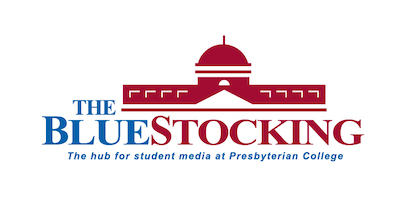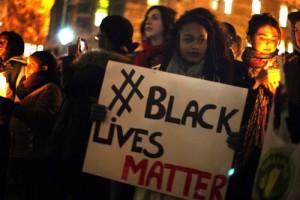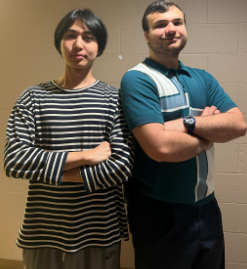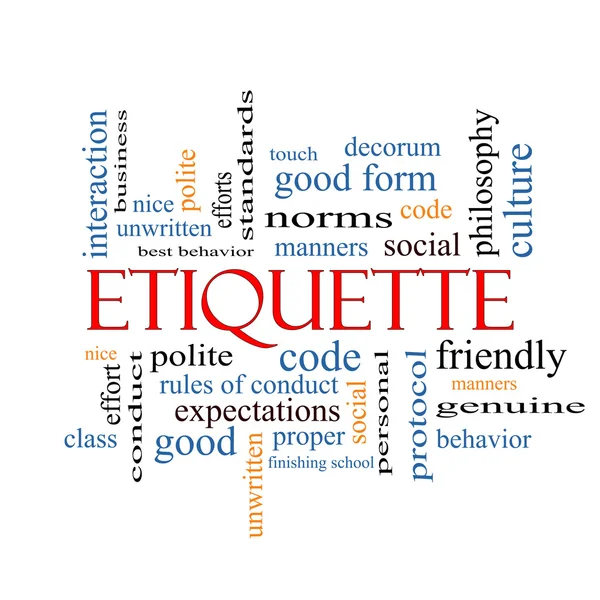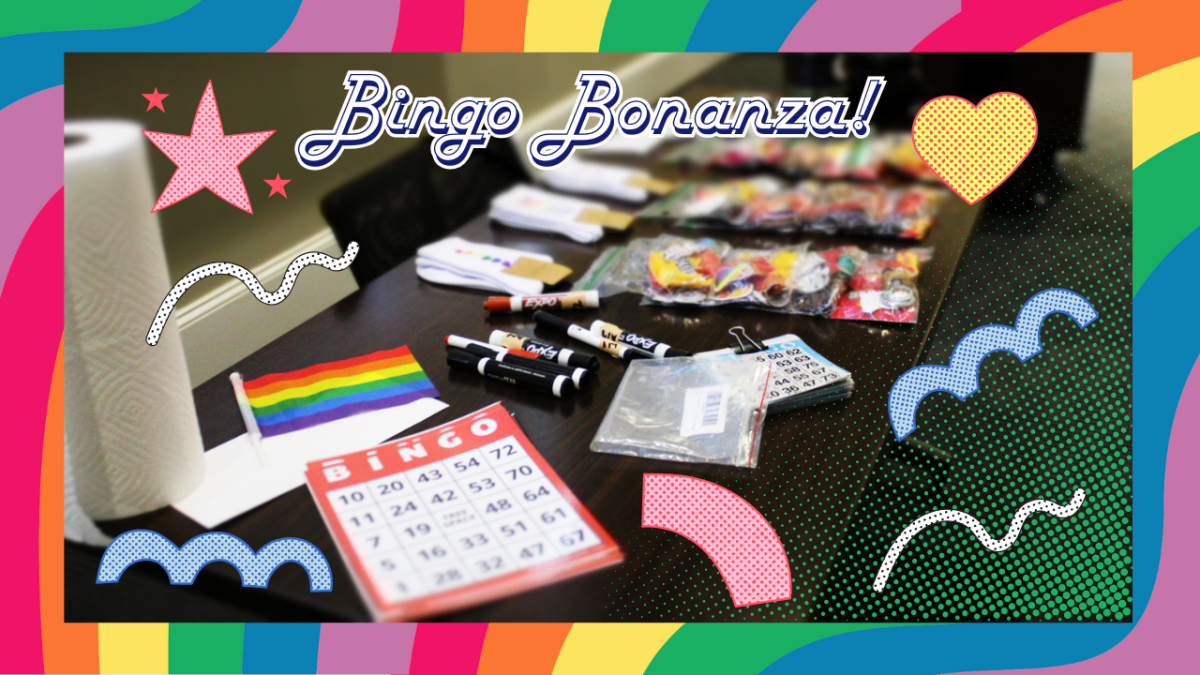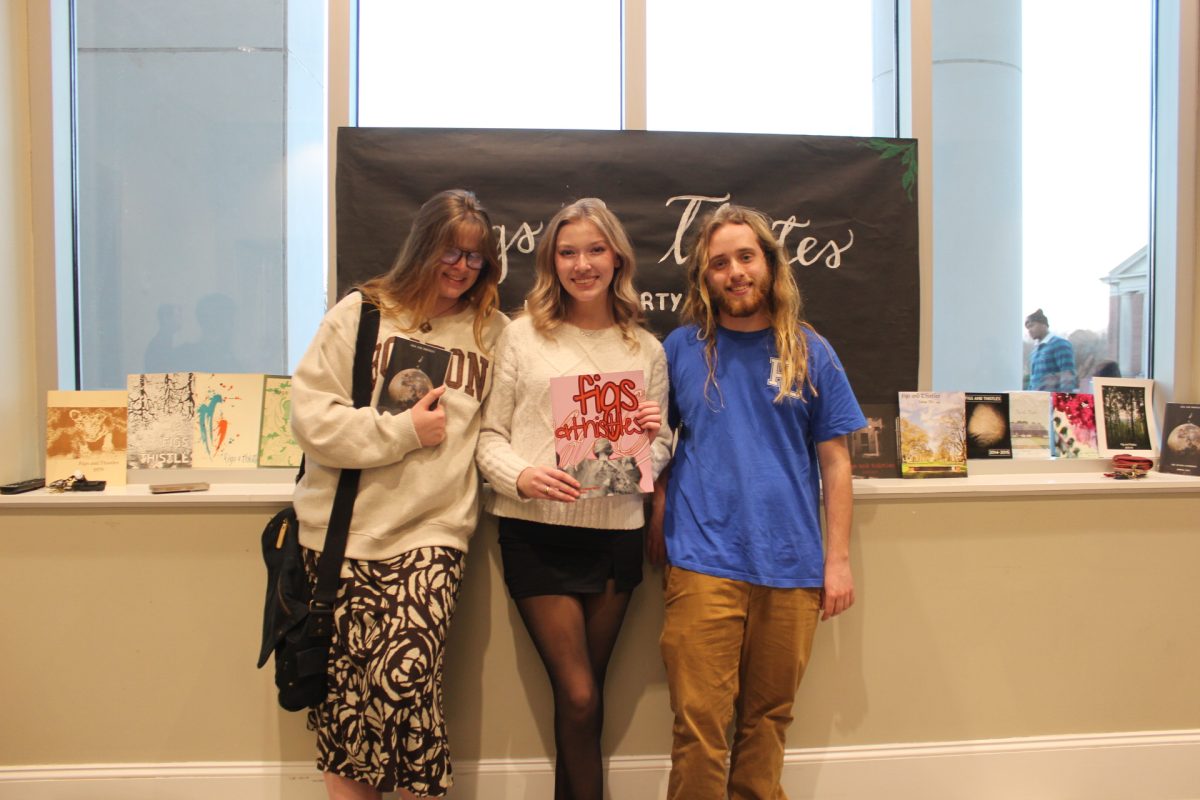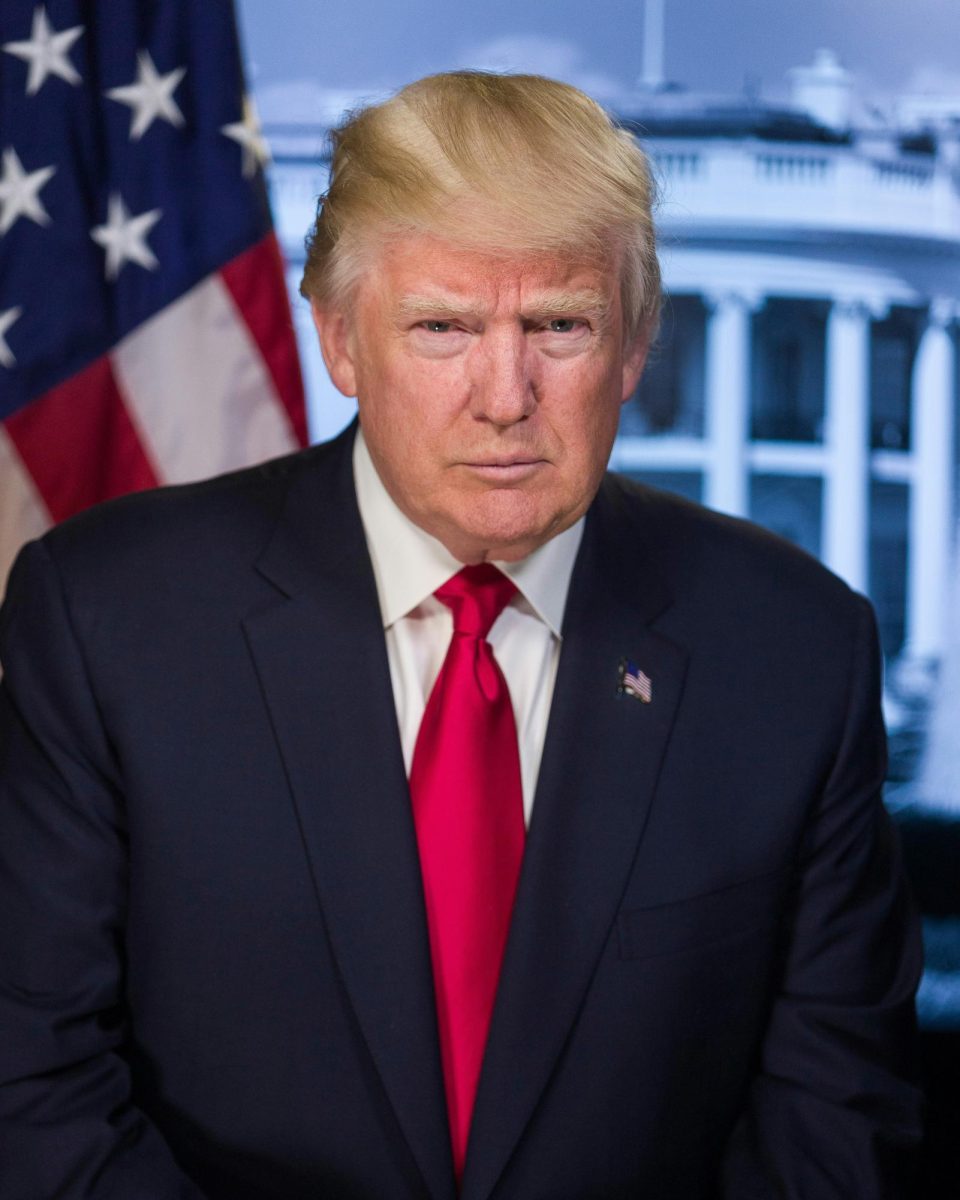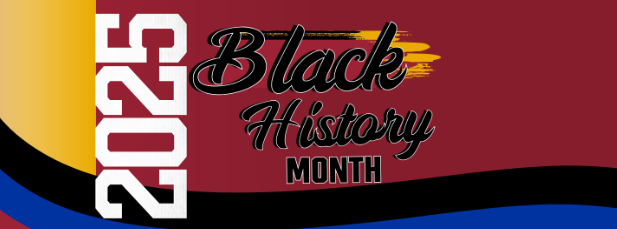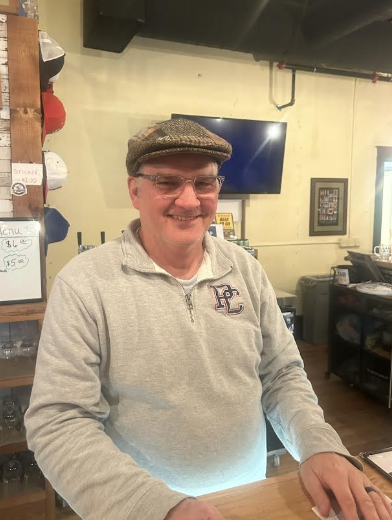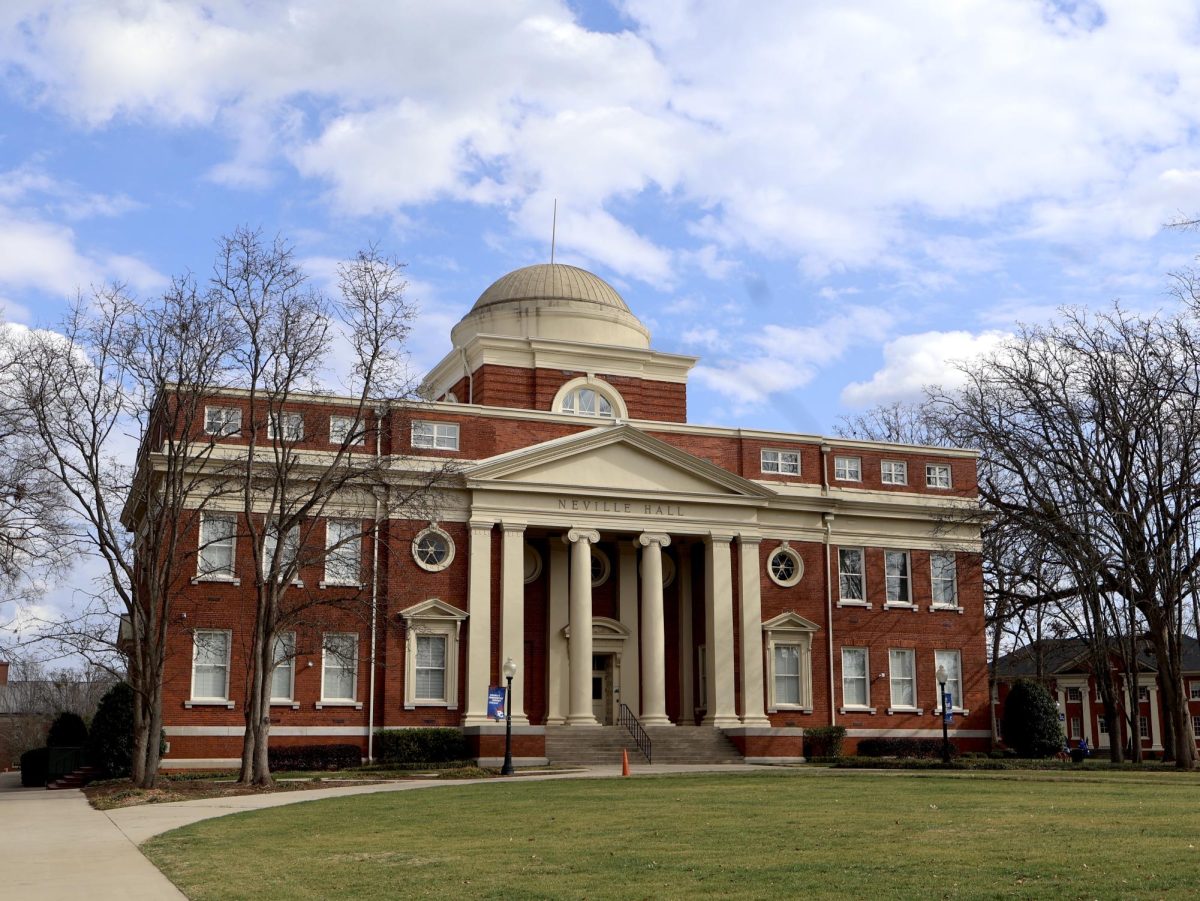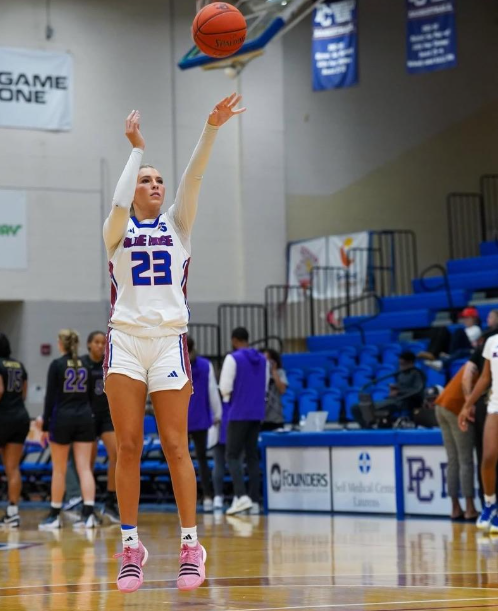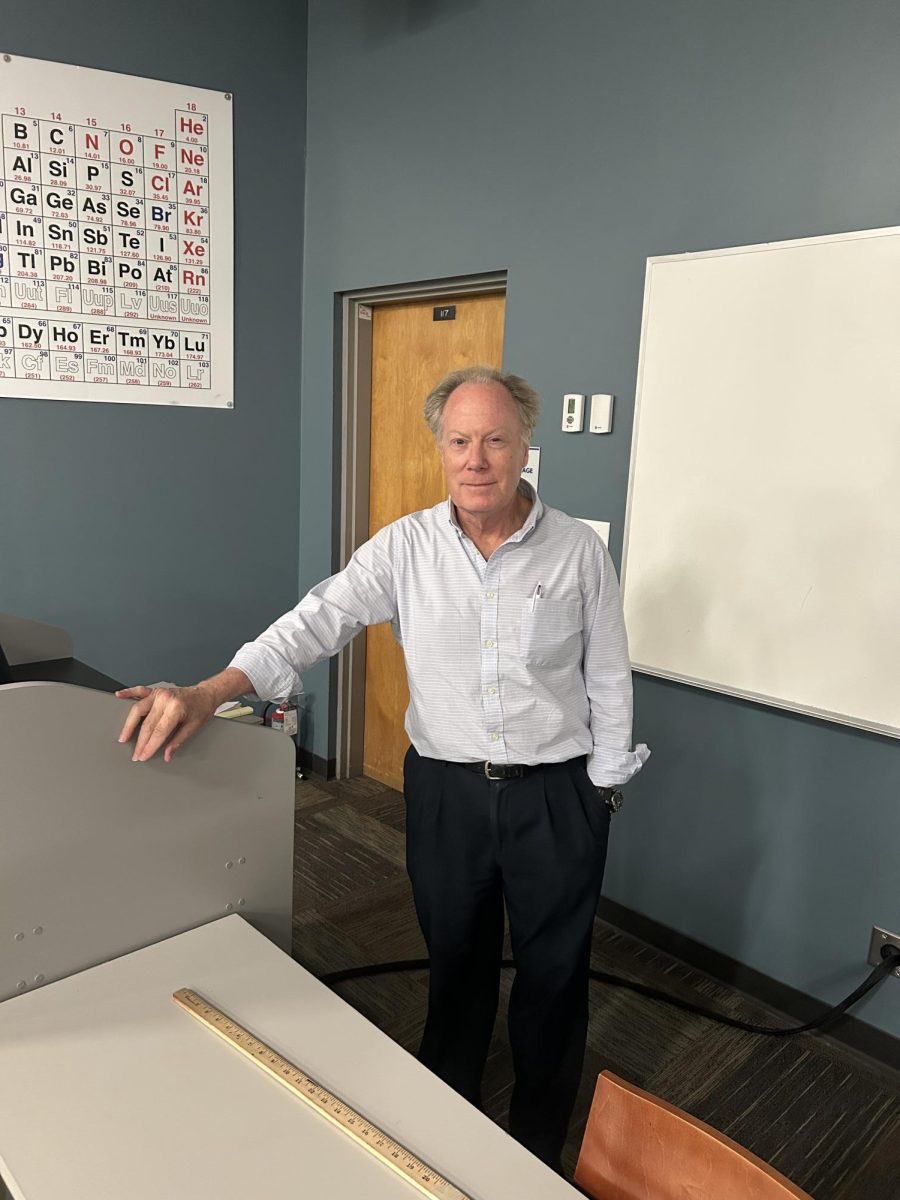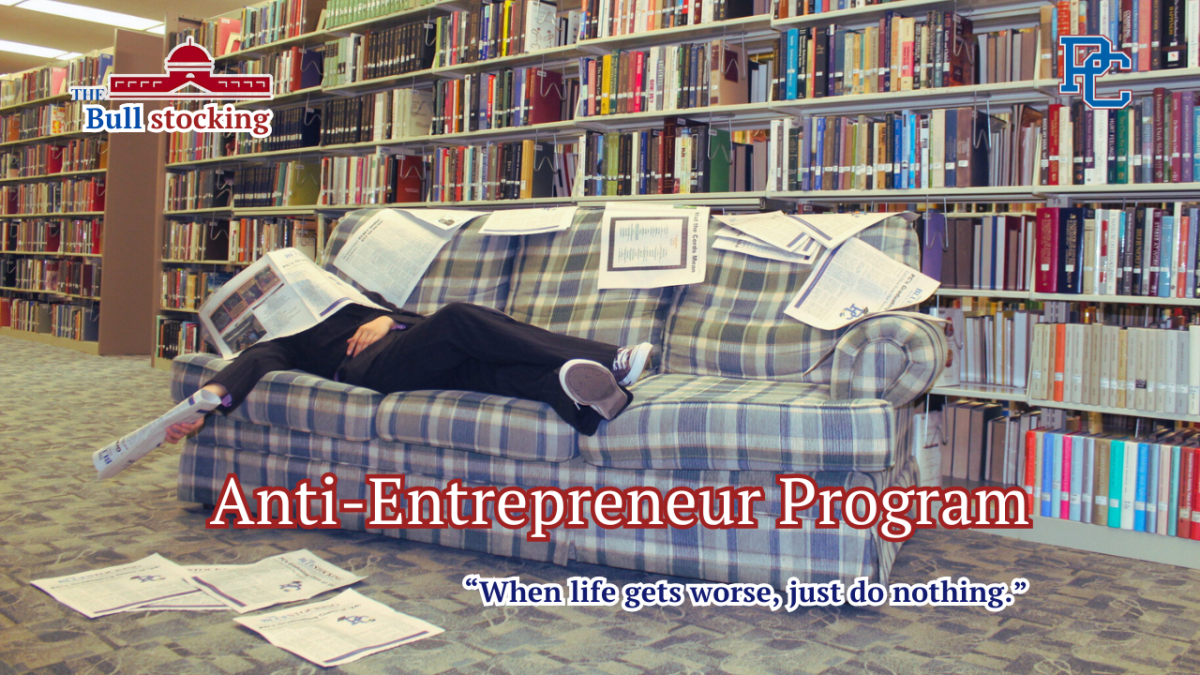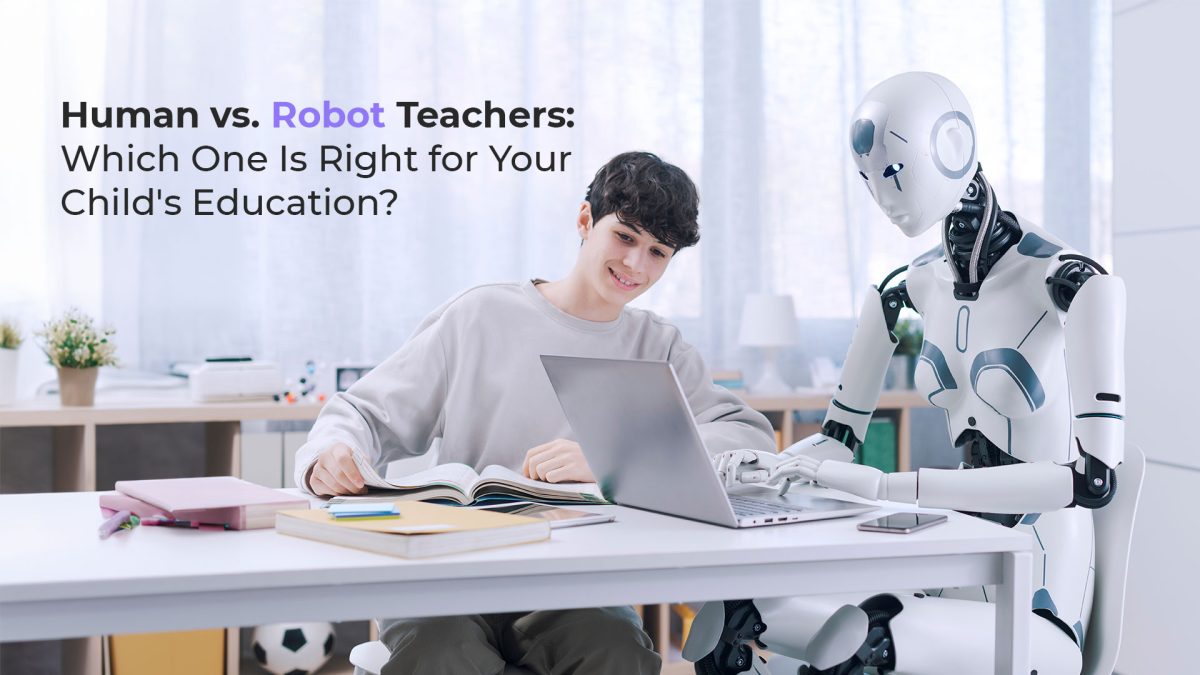Demonstrations in Charlotte began only a few hours after Keith Lamar Scott was killed. After he was shot by police, hundreds of people took to the streets to assemble in protest which lasted for three days. The majority of these protests were peaceful, populated by Charlotte natives who were fed up with the way black people continued to be treated.
This stint of protesting is another repetition in the pattern of demonstrations happening across the country. According to elephrame.com, over 1495 Black Lives Matter (BLM) demonstrations have been held in the last 803 days. Chicago is the city with the highest number of demonstrations with 61 documented cases. The scope of protests around America is diverse, ranging from churches hanging BLM signs to rallies that shut down cities, from a single protester to thousands.
The individuals involved in the Charlotte protests were making use of their First Amendment right to peaceably assemble. However, some of them got out of hand and turned into riots. According to Merriam-Webster, a riot is “a situation in which a large group of people behave in a violent and uncontrolled way.” These riots are dangerous for everyone involved and often lead to people getting hurt or killed.
This resurgence of protests and riots is nothing new. Black people have been fighting against their oppression in America since before the United States was even a country. Slaves rioted against plantation owners. African Americans taught their children how to read and write even when it was forbidden.
What seems to be different about the BLM protests is the general public’s misunderstanding of the movement. Americans understood that one of the primary causes of the civil war was to free slaves. During the Civil Rights movement in the sixties, it was understood that the movement was against the Jim Crow laws. Today, many people see violent riots occur and associate that behavior with the BLM movement, but this isn’t the case.
According to the Black Lives Matter website, “When we say Black Lives Matter, we are broadening the conversation around state violence to include all of the ways in which Black people are intentionally left powerless at the hands of the state. We are talking about the ways in which Black lives are deprived of our basic human rights and dignity.”
This goal of broadening understanding of the Black Lives Matter movement was one of the motivations for a recent protest at Presbyterian College. On Oct. 6, the Multicultural Student Union (MSU) and the Christian Education Program held a peaceful demonstration in front of Springs Campus Center. Joaquin Ross, the president of MSU, said that the goal was, “to get people at PC to realize that we are not separated from the tragedies of the world, nor do we need to turn a blind eye to it.” He said another goal was to discover what other people think of the movement.
According to Ross, protesting is a necessity: “It is part of our constitutional rights, and has been practice for hundreds of years by people who have felt they have been treated unfairly,” he said.
“I feel as though PC should show that we do not condone the act of taking away life unjustly. We can show this through demonstrations such as the one on Thursday as well as continuing to talk and educate people on this campus about what is going on in the world today.”
The right to peaceably assemble is a cornerstone of the U.S. Constitution. Without protests, we would have no means to affect change. And without ongoing change, America would not continue to be the best country in the world.
